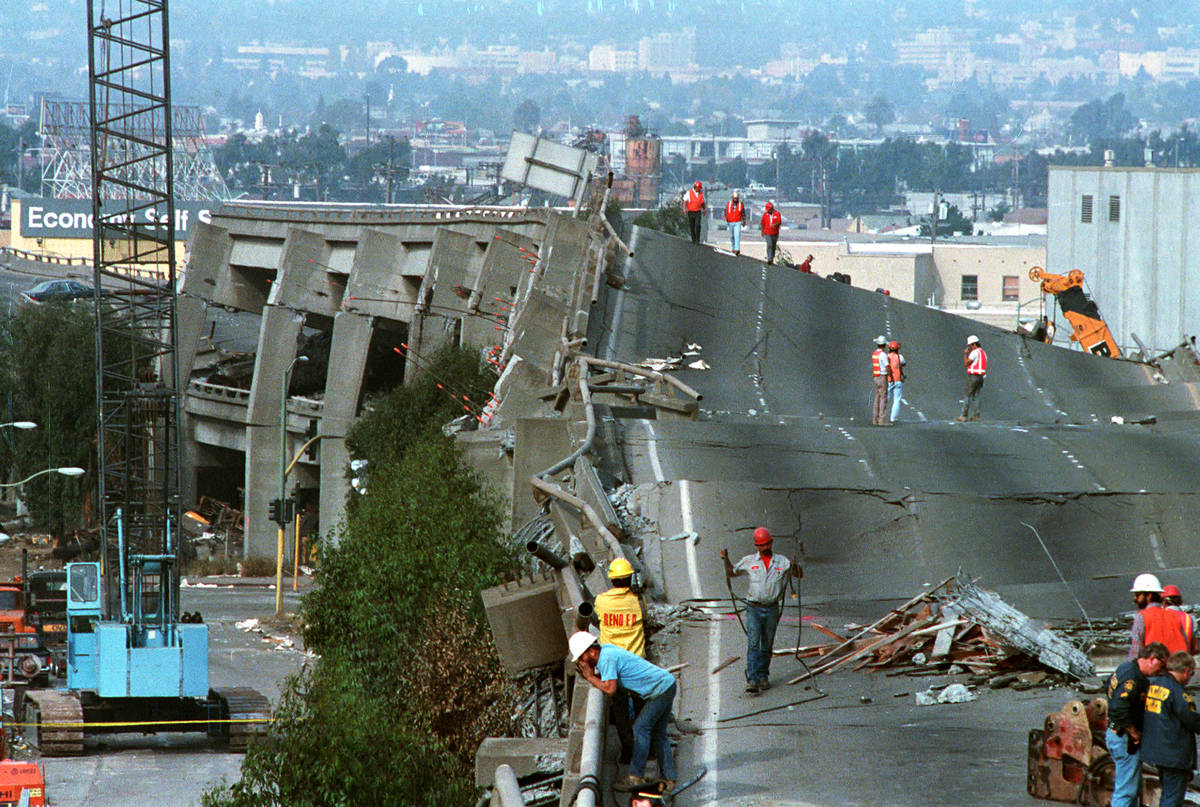The San Francisco Earthquake of 1906: A Look Back on April 17th

On the morning of April 17th, 1906, the great city of San Francisco was rocked by a powerful earthquake. The notorious San Andreas Fault, which runs along the coast of California, had shifted, causing widespread destruction and devastation. This earthquake remains one of the most significant disasters in American history, and its impact is still felt today.
The San Francisco Earthquake of 1906 was a disaster that struck without warning, leaving the city in chaos. It was one of the deadliest natural disasters in U.S. history, and estimates suggest that anywhere from 700 to 3,000 people lost their lives as a result of the quake and the ensuing fires.
The earthquake occurred at 5:12 a.m., and there was no immediate warning of its approach. Within seconds, buildings were shaking, windows were shattering, and people were panicking in the streets. The quake lasted for around a minute, but the damage was quickly evident. In the wake of the earthquake, fires broke out throughout the city, fueled by broken gas lines and lack of access to water.
San Francisco was unprepared for the scale of the disaster, and efforts to contain the fires were met with numerous obstacles. Firefighters were hampered by the destruction of the city's water infrastructure, and the flames quickly spread out of control. Within hours, entire neighborhoods were reduced to ashes.
In the aftermath of the San Francisco Earthquake of 1906, the city faced significant challenges in terms of recovery and reconstruction. The scale of the destruction was unprecedented, with an estimated 80% of the city destroyed. Homes and businesses were reduced to rubble, and the city's infrastructure was severely damaged. Thousands were left homeless, and there were significant challenges in providing food, water, and shelter to those in need.
Despite these challenges, San Francisco emerged from the disaster stronger than ever. The city was rebuilt and redesigned, with new building codes and infrastructure that aimed to prevent future disasters. The San Francisco Earthquake of 1906 remains a testament to the resilience of the human spirit in the face of adversity, and a reminder of the importance of disaster preparedness.
In conclusion, the San Francisco Earthquake of 1906 was a significant event that occurred on April 17th, and its impact is still felt today. It was a disaster that struck without warning, but the city of San Francisco persevered in the face of devastation. While we cannot predict when the next earthquake will occur, we can take steps to prepare ourselves and our communities for the unexpected. By learning more about the San Francisco Earthquake of 1906, we can gain a deeper understanding of the challenges that come with recovery and reconstruction, and work to ensure that our cities and communities are prepared for whatever may come.